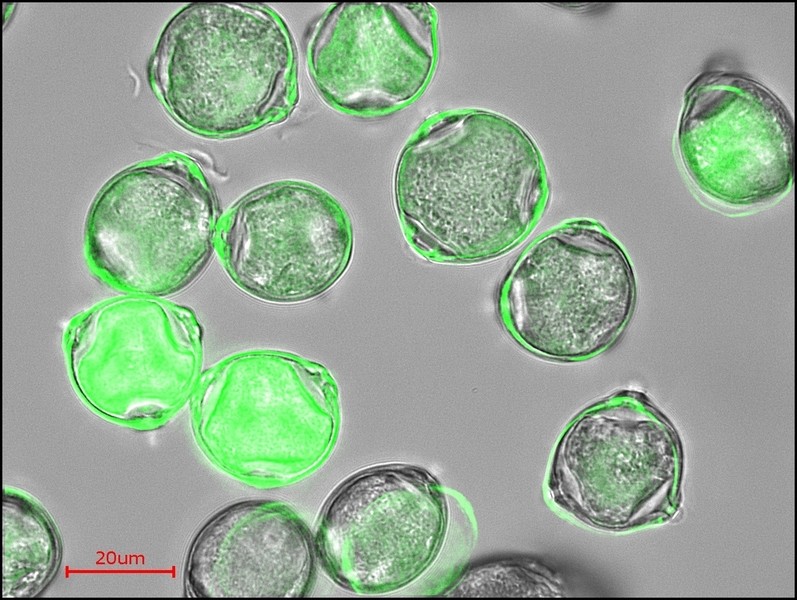The role of long-lived reactive oxygen intermediates in the reaction of ozone with aerosol particles
Research Division Biology and Chemistry (BIO), Surface Chemistry Group, Head Markus Ammann.
The heterogeneous reactions of ozone with aerosol particles are of central importance to air quality. They are studied extensively, but the molecular mechanisms and kinetics remain unresolved. Based on new experimental data and calculations, we show that long-lived reactive oxygen intermediates (ROIs) are formed. The chemical lifetime of these intermediates exceeds 100 seconds, which is much longer than the surface residence time of molecular ozone (~ ns). The ROIs explain and resolve apparent discrepancies between earlier quantum mechanical calculations and kinetic experiments. They play a key role in the chemical transformation and adverse health effects of toxic and allergenic air-particulate matter, such as soot, polycyclic aromatic hydrocarbons and proteins. ROIs may also be involved in the decomposition of ozone on mineral dust and in the formation and growth of secondary organic aerosols. Moreover, ROIs may contribute to the coupling of atmospheric and biospheric multiphase processes.
